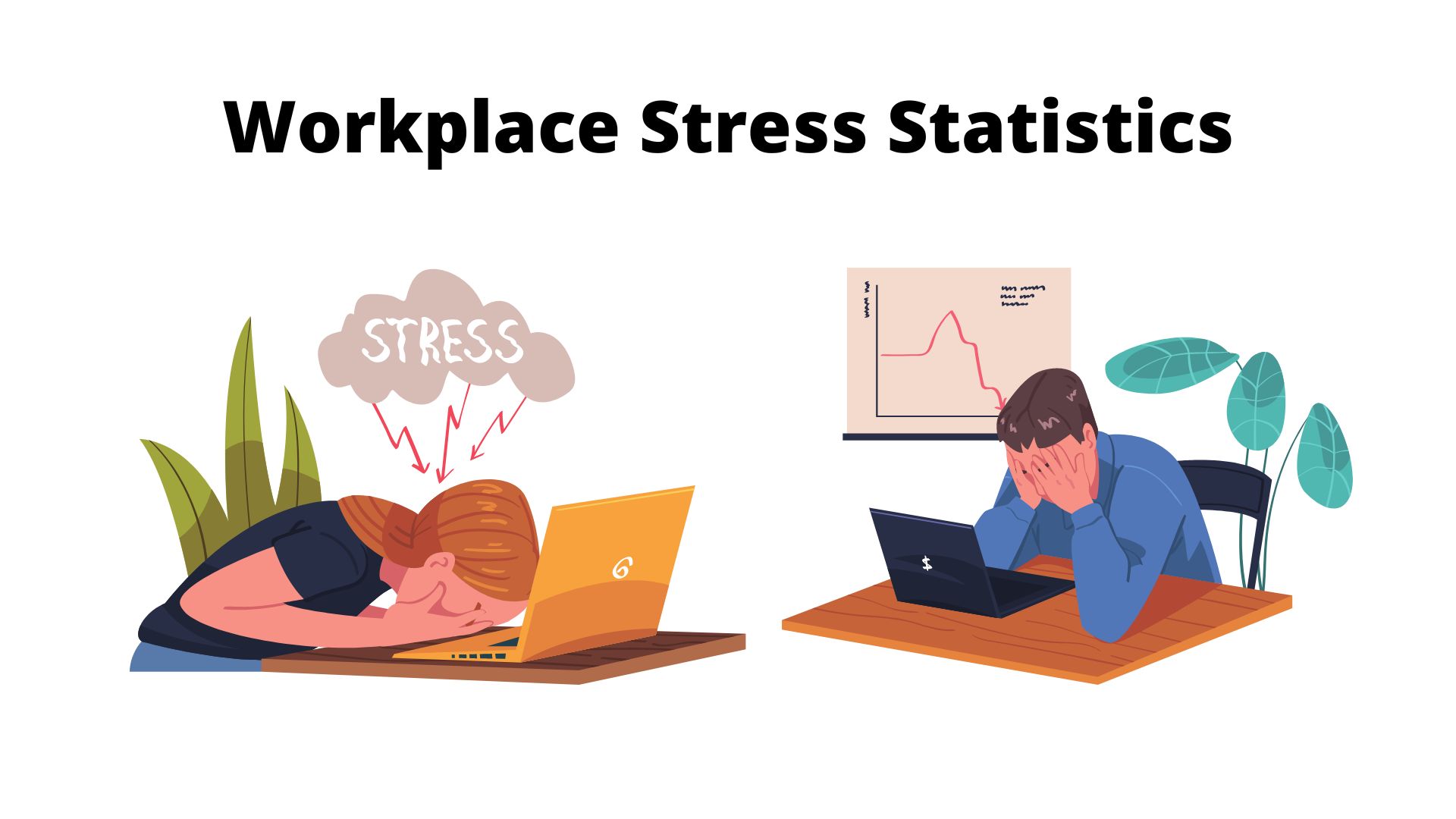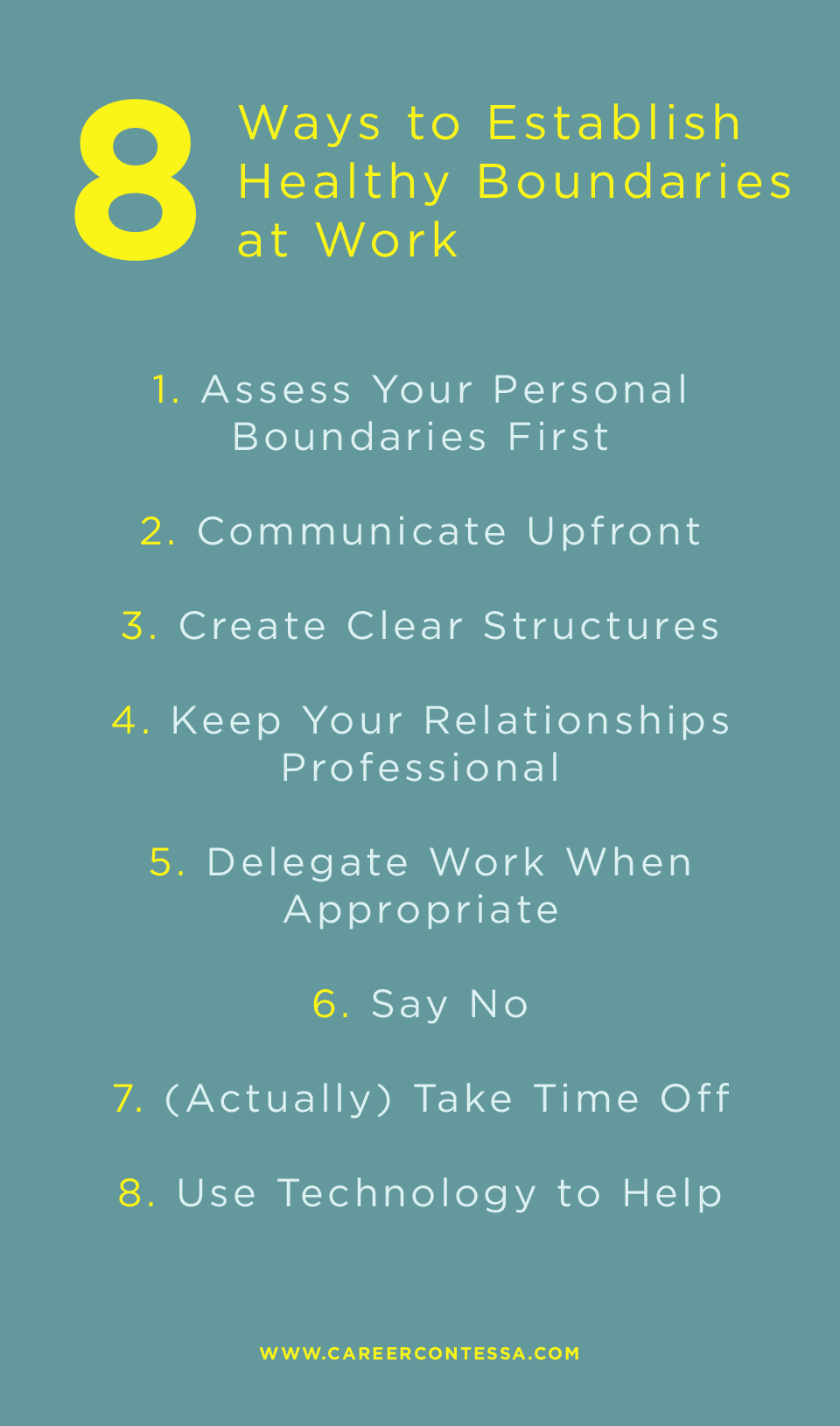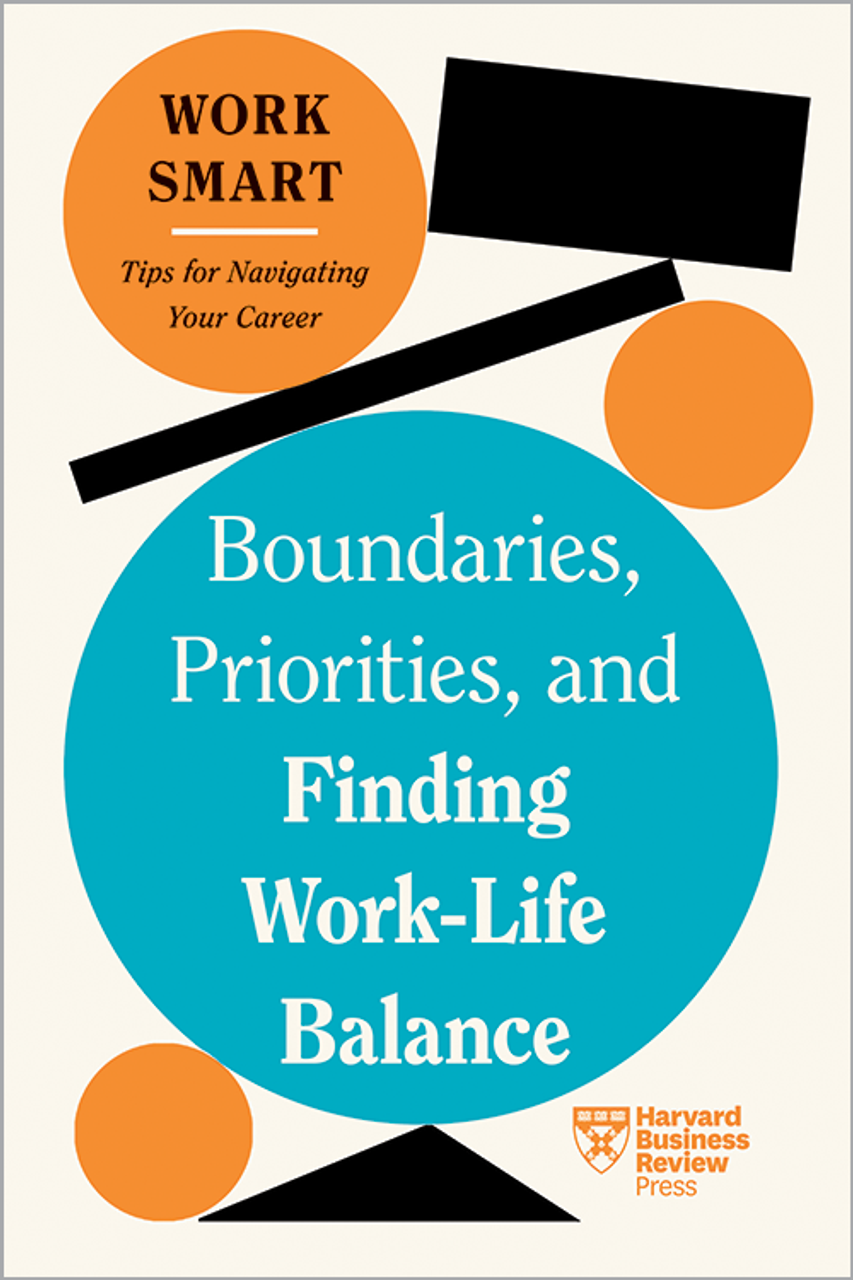How to Set Boundaries Between Work and Personal Life

How to Set Boundaries Between Work and Personal Life
In today’s fast-paced world, maintaining a healthy balance between work and personal life is crucial for overall well-being. For middle-aged individuals aged 40-55, this balance is particularly important as they often juggle multiple responsibilities, including career, family, and personal interests. Setting clear boundaries is essential to prevent burnout, enhance productivity, and improve job satisfaction. Here’s a comprehensive guide on how to establish effective boundaries between work and personal life, tailored to the needs and lifestyle of this demographic.
Understanding the Importance of Work-Life Boundaries
Work-life boundaries are the invisible lines that separate professional responsibilities from personal time. Establishing these boundaries is not just about setting rules; it’s about creating agreements with oneself and communicating them to others. This separation is vital for:
-
Reducing Stress and Burnout: Unclear boundaries can lead to chronic stress and burnout, negatively impacting mental health and job performance .1 .3.
-
Improving Productivity: Clear boundaries help focus on work during designated hours, leading to higher productivity and better work quality .1 .4.
-
Enhancing Personal Well-being: By protecting personal time, individuals can engage in self-care, spend quality time with family and friends, and pursue hobbies .5 .6.

Practical Strategies for Setting Boundaries
1. Define Your Work Hours
Establish a clear start and end time for your workday. This helps prevent work from encroaching on personal time. Use calendars or reminders to keep track of your schedule .6 .13.

2. Create Physical Separation
Designate a specific workspace at home. When you’re done for the day, pack up your work items to signal the end of work time. Invest in ergonomic furniture and good lighting for your workspace .4 .13.
3. Set Digital Boundaries
-
Use Separate Profiles: Set up separate work and personal profiles on your devices.
-
Configure Notifications: Turn off work notifications during non-work hours.
-
Avoid Work in Personal Spaces: Designate areas like your bedroom as work-free zones .4 .13.

4. Master the Art of Saying “No”
Learn to politely decline tasks that don’t align with your priorities or fall outside your working hours. Practice phrases like, “I’ll tackle this tomorrow morning” or “Let me add this to our agenda for next week” .4 .5.

5. Communicate Boundaries Clearly
Share your boundaries with colleagues, supervisors, and clients. Clear communication reduces misunderstandings and sets realistic expectations for response times .4 .6.
6. Create Transition Rituals
Engage in activities that signal the transition from work to personal time, such as taking a short walk, changing clothes, or practicing meditation .4 .13.

7. Leverage Technology Intentionally
Use tools like calendar blocking, automatic email responses during off-hours, and time-tracking apps to maintain work-hour limits and support your boundaries .4 .14.

Managing Remote Work Challenges
For those working remotely, maintaining boundaries can be particularly challenging. Here are some strategies to help:
-
Establish a Consistent Routine: Set regular work hours and stick to them.
-
Create Physical and Mental Separation: Designate a workspace and avoid work-related activities in personal areas .7 .13.

Navigating Family Responsibilities
Many individuals in this age group have significant family responsibilities, such as caring for children or aging parents. Here’s how to balance these duties with work:
-
Prioritize Tasks: Use tools like to-do lists to manage both work and family tasks effectively.
-
Delegate Responsibilities: Share household chores with family members to lighten your load .5 .9.

Seeking Support
If you’re struggling to maintain a healthy balance, don’t hesitate to seek support:









